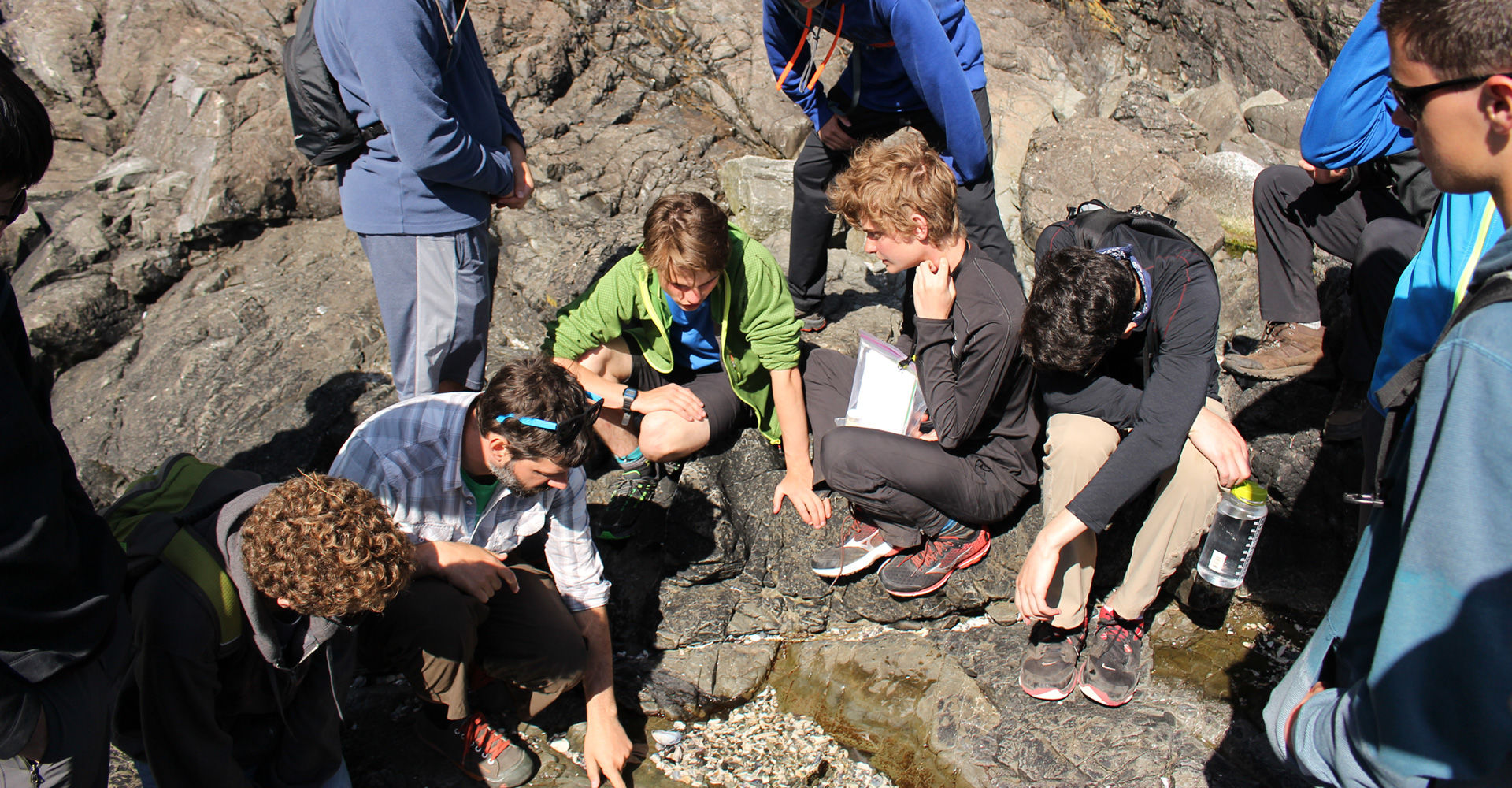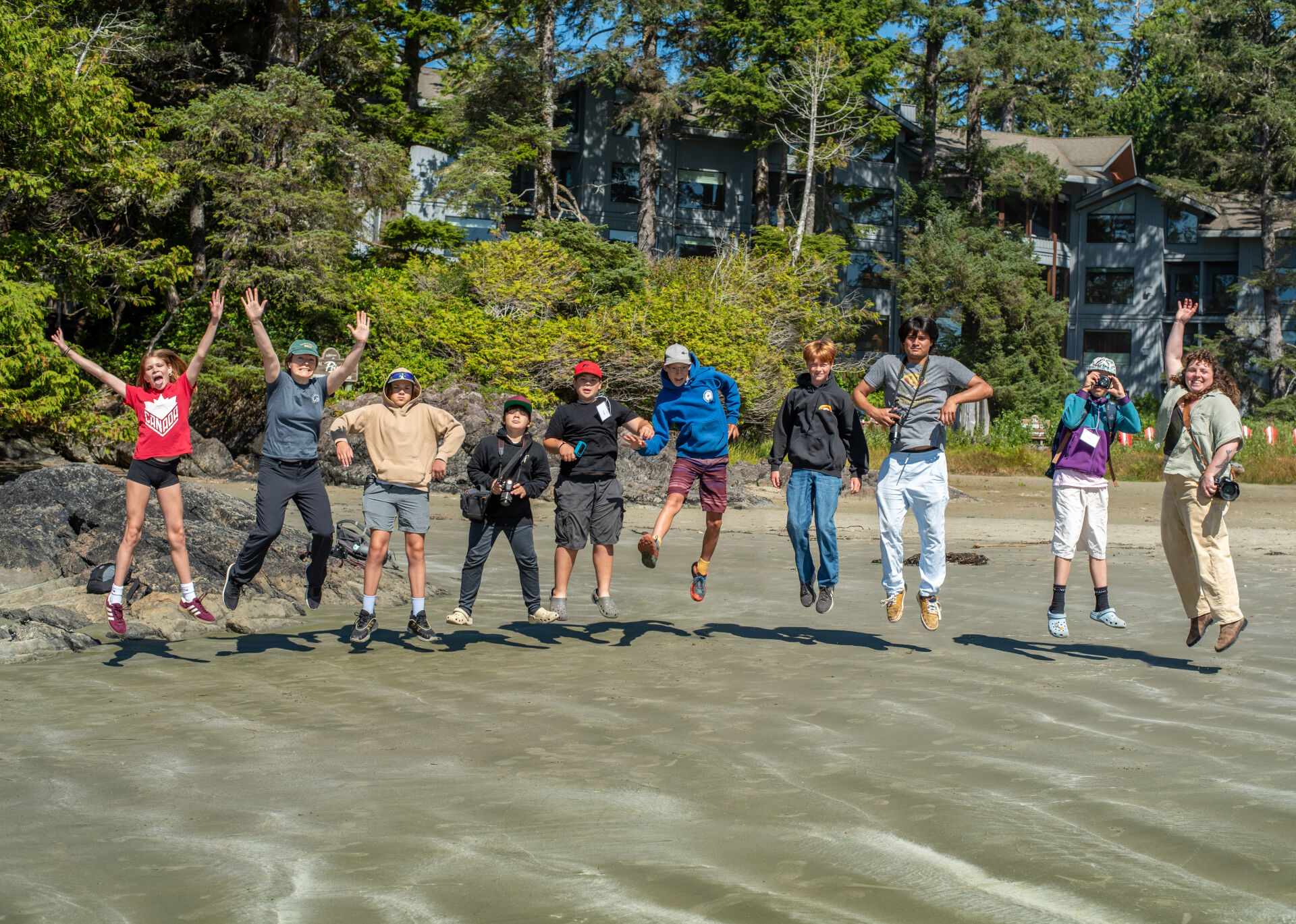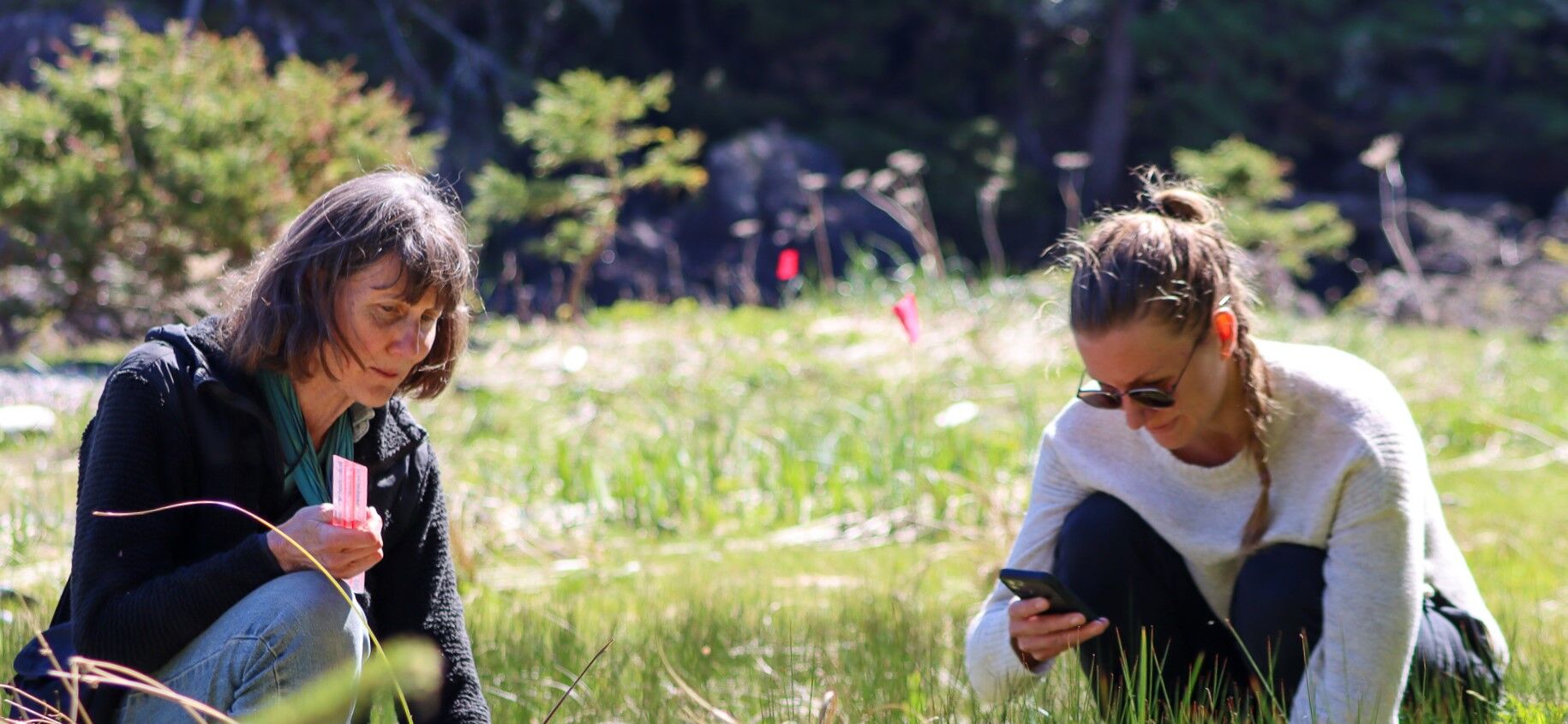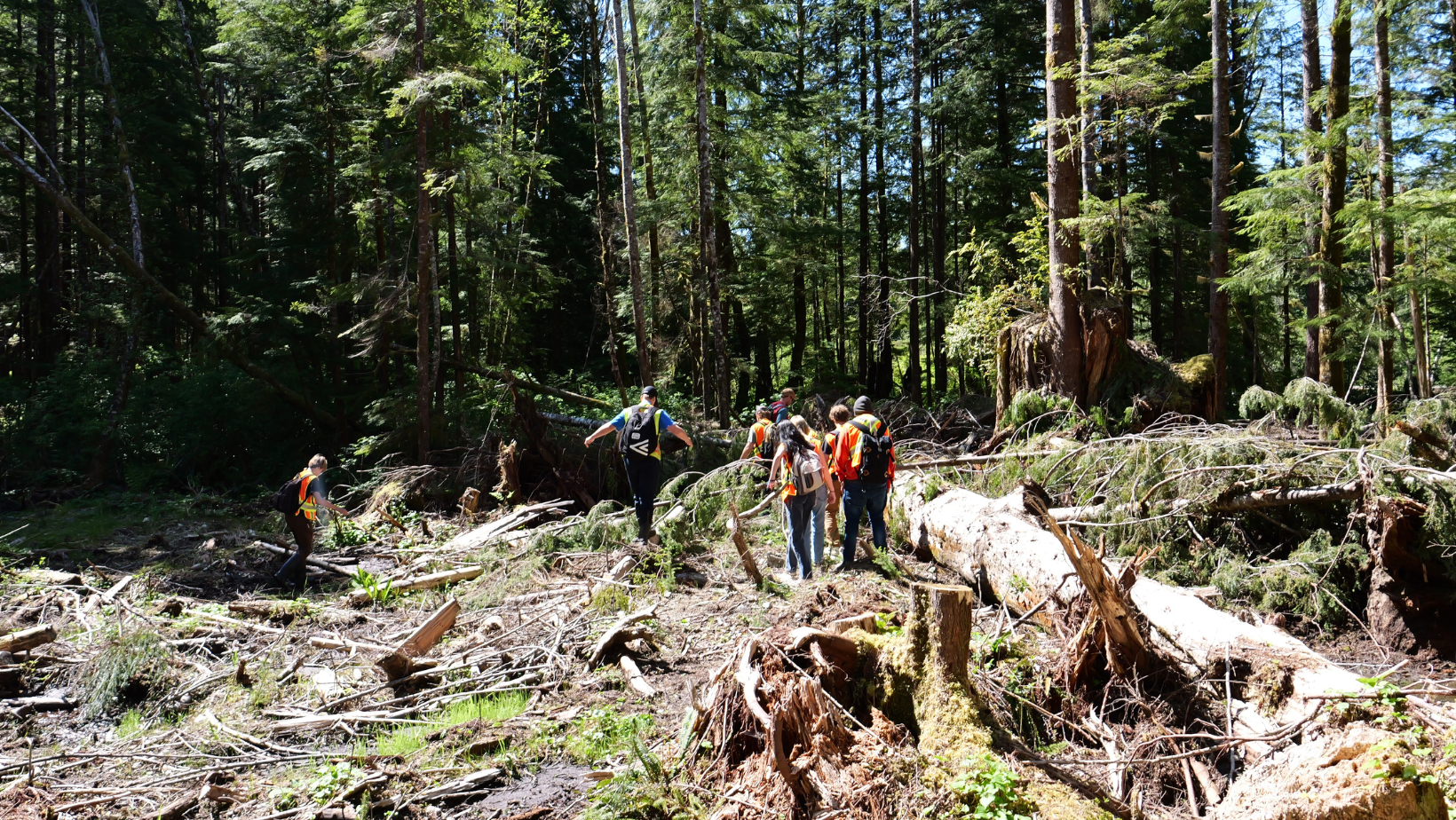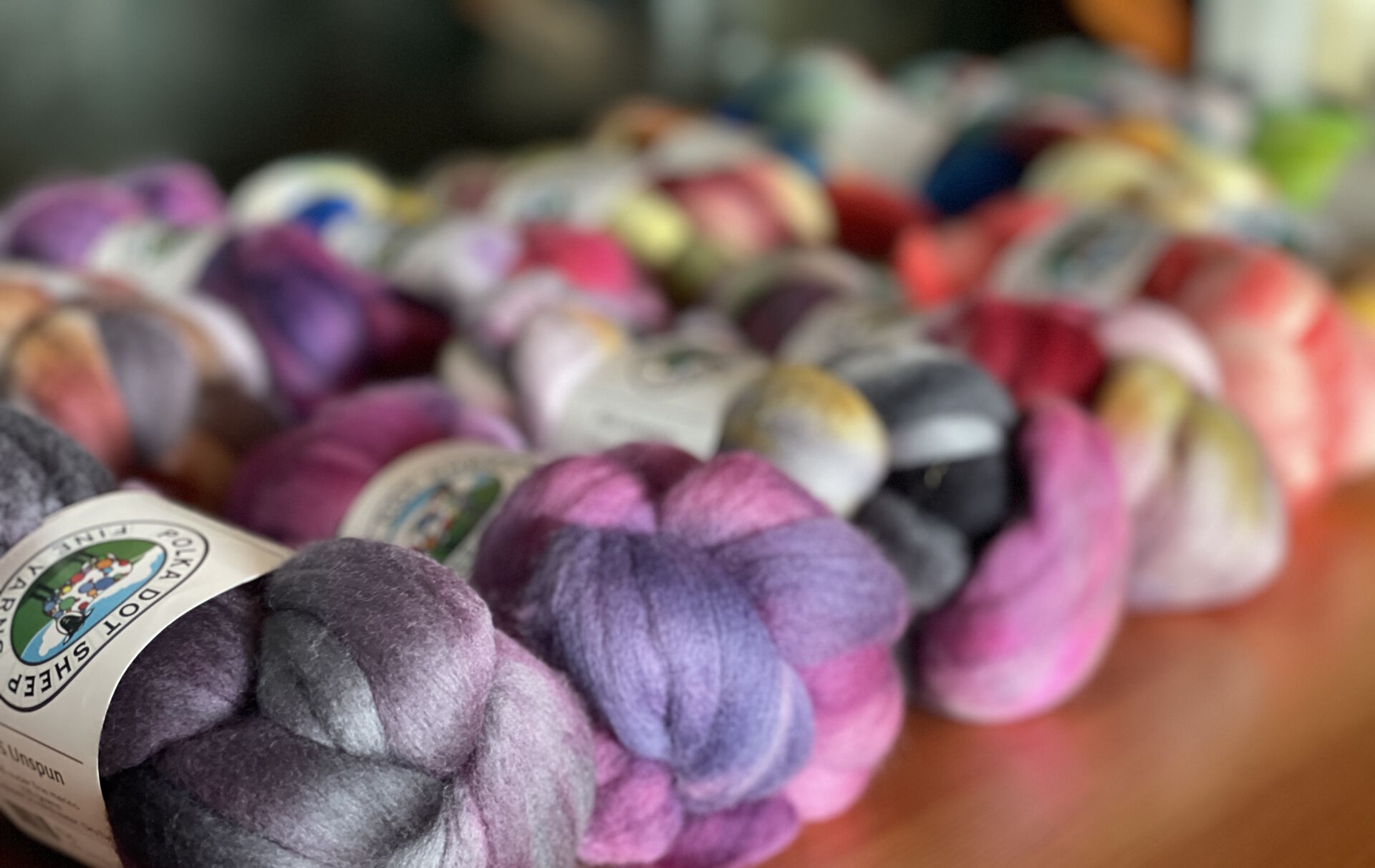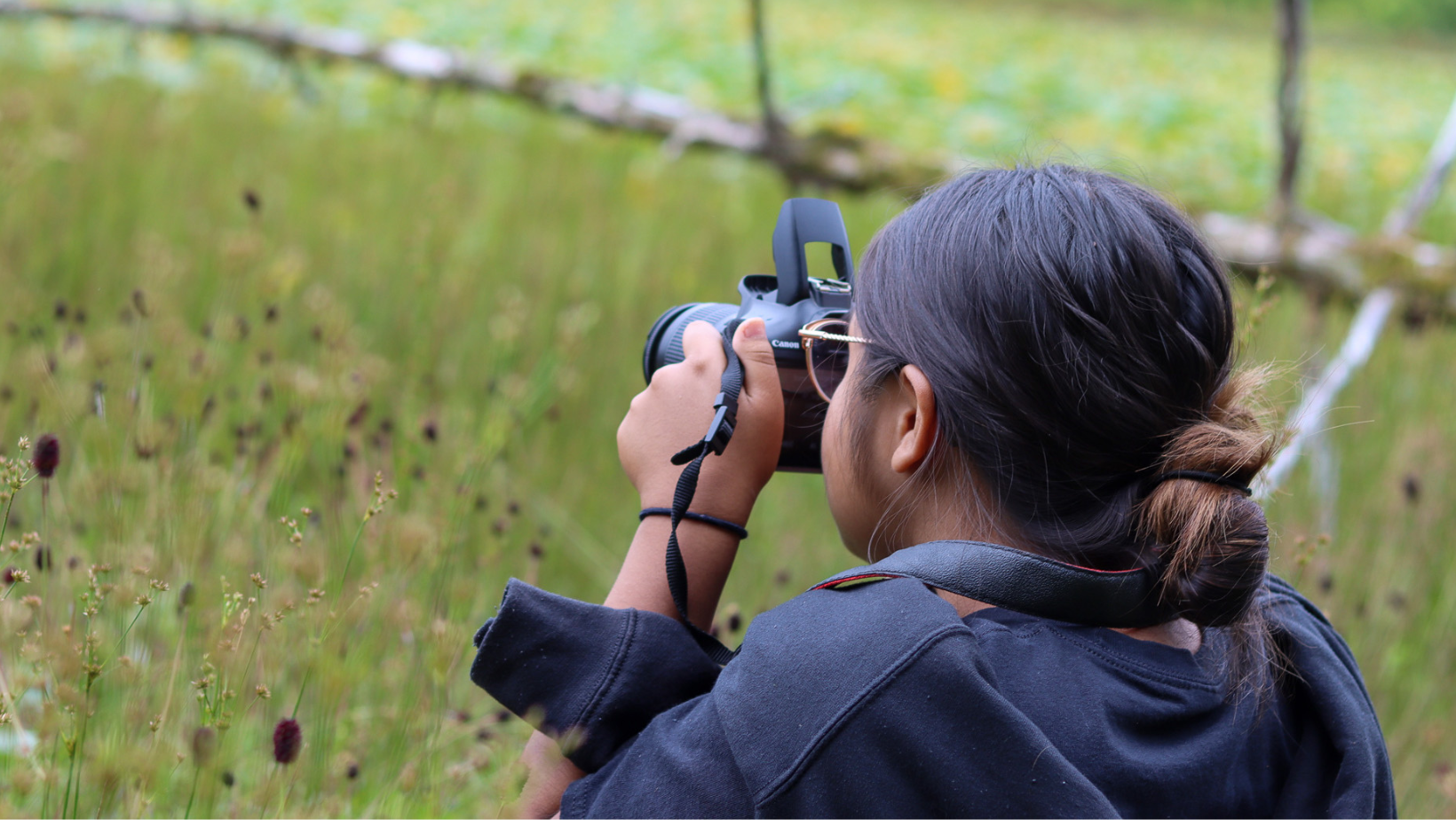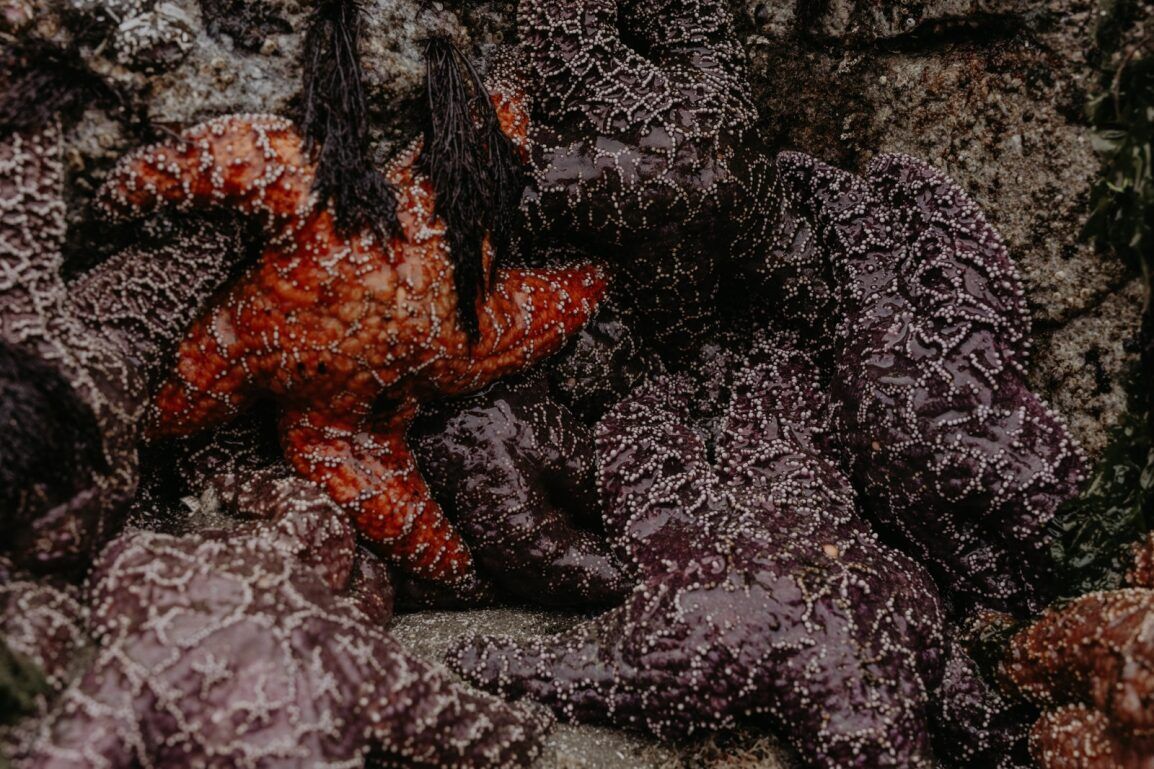Co-curricular Outdoor Learning
St. George’s all-boys university preparatory school couldn’t be more thrilled with their latest discovery. A field trip to the west coast of Vancouver Island and Tofino revealed that the town is more than just a booming surf destination, but holds unparalleled potential for education groups as well.
Sarah Coates, a social studies teacher at St. George’s School, is very passionate about place-based education and at least once a year the school organizes an extended outdoor education experience for the students. Activities are designed to follow a continuum of skill development in four areas: interpersonal and intrapersonal skills; environmental and social awareness; academic integration; and outdoor skills.
We believe that by taking students away from their everyday, comfortable environment into a place of perceived uncertainty, we can engage students in learning that might not be possible in an urban context or day-program.
St. George’s School
Sarah and her colleagues, Dustin Hersee, Norm Kaethler, and Sarah McLean, originally explored the idea of going to Baffin Island in the Canadian Arctic, but they were limited on time and money. Finding a suitable field experience for the students was a challenge. They looked into a number of options and were eventually guided to the Broken Group Islands of Barclay Sound off the west coast of Vancouver Island.
The proximity of Vancouver Island might not have seemed quite as alluring at first glance, but it had many redeeming properties from the school’s risk management perspective. The pristine west coast landscape and variety of experiences are endless, which meant the students could have an immersive, off the grid experience and still be within range of essential emergency services. The West Coast is easily accessible within a day's travel (5 hours from Vancouver) enabling user groups to focus more time on their learning objectives and less time travelling to and from.
The trip criteria needed to include an outdoor component, a research project, and reinforce the unifying theme of global perspectives and creative leadership. With the help of some very enthusiastic and knowledgeable locals, Sarah and her colleagues were able to build the concept for the trip, which came together seamlessly.
The two week itinerary, from May 8-21, 2015 included:
5 days in Tofino (3 nights at the Whalers Point Guesthouse and 2 nights at the Tofino Botanical Gardens Ecolodge), 4 nights on a kayaking expedition with SKILS, and 4 nights aboard the Passing Cloud schooner with Outer Shores.
Students went grocery shopping on the first day and cooked shared meals together during the first half of the trip. Staying at the hostel with other guests meant that the students could speak with the different kinds of people travelling to the region for various reasons and gain a varied sense of perspectives.
This capstone trip was able to draw from local experts who helped to facilitate place-based learning experiences and knowledge sharing that really helped the students better understand the place they had come to. The school group worked with Strawberry Island Marine Research Society counting sea stars, went on a coastal rainforest hike with Dan Harrison from the Raincoast Education Society, journeyed into the woods foraging with wild food expert Alexander McNaughton, and listened to talks from local scholars at the Clayoquot Biosphere Trust.
There’s no way to have achieved the richness that we did without that local connection and how invested the locals were with sharing their knowledge,” claimed Sarah. “School is artificial by itself, but having field experiences adds a new element. Things become tangible. The experience becomes far more whole person and challenges how students learn and helps to deepen their understanding of classroom concepts.
Students can lose themselves in place, studying their new environment for hours on end. “We also did a hike on our own to go see the Bomber, had beach time, time in town where students made observations, did interviews, took photographs, etc., and also just ‘time’ for the students to be solo, together, think, play, do nothing,” said Sarah. With so much to explore, groups can easily come back again year after year.
These types of experiences encourage students to stretch boundaries and take appropriate risks while enabling the school to fulfill several co-curricular learning requirements. This trip met a number of objectives for St. George’s School, including: self-directed learning determined by the student’s own interests; extended time away from home in a new environment; connections to multiple ways of knowing, including indigenous, social science, physical sciences, memory, experience, etc.; and place-based learning about First Nations histories, cultures, and contemporary structures.
St. George’s School never imagined the riches they would find while visiting Clayoquot and Barclay Sounds, but in 2017 they look forward to doing it all over again. There is infinitely more to discover.

